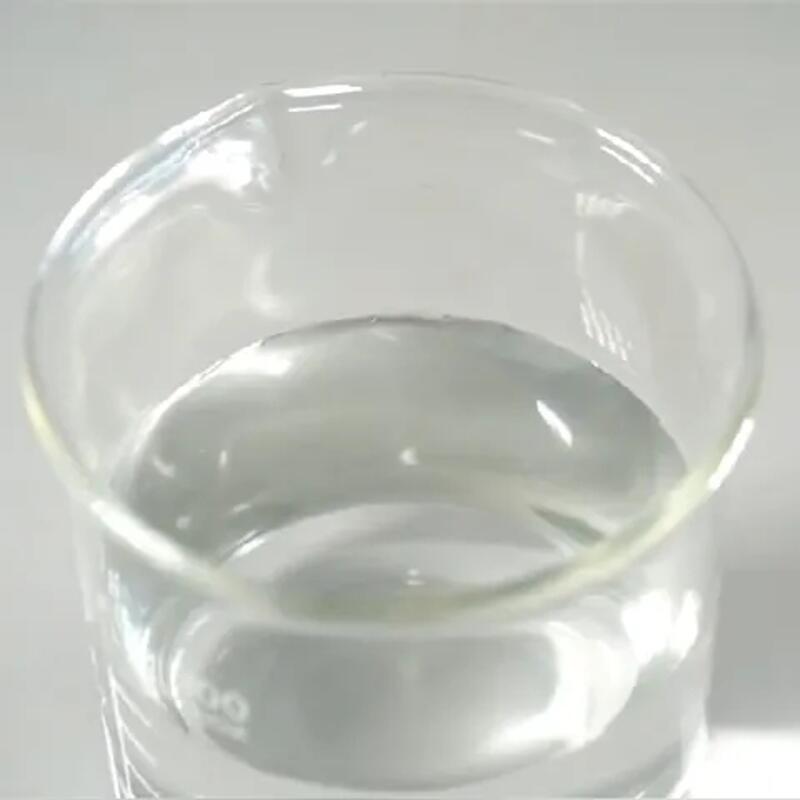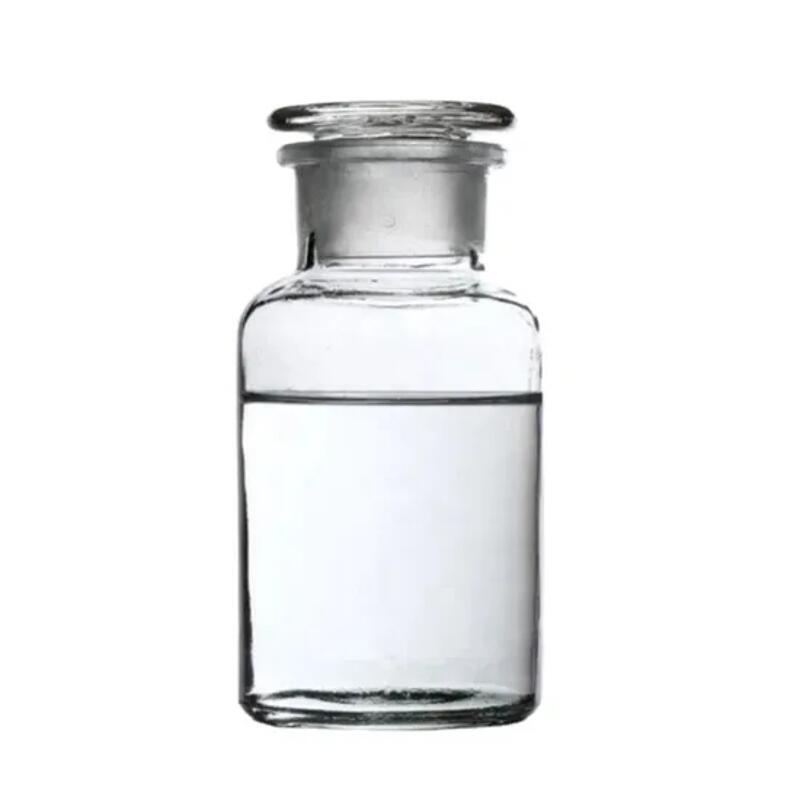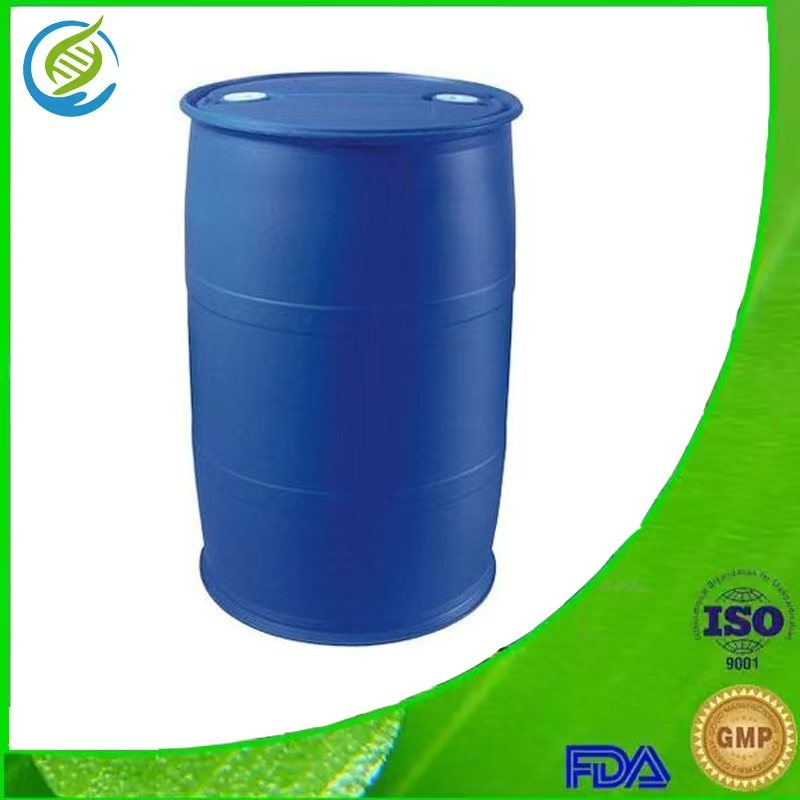BMC Musculoskelet Disord: Movement-induced pain changes associated with muscle perfusion changes in knee osteoarthritis
-
Last Update: 2020-07-11
-
Source: Internet
-
Author: User
Search more information of high quality chemicals, good prices and reliable suppliers, visit
www.echemi.com
Exercise therapy is recommended for the treatment of knee osteoarthritis (OA), but the basic mechanisms for pain relief are not fully understoodThe purpose of this study was to explore the effects of exercise on muscle perfusion assessed by dynamic contrast-enhancing MRI (DCE-MRI) and its association with pain changes in knee OA patientsthe exploratory results analysis and per-programme analysis of a randomized controlled study conducted at an outpatient clinic in a public hospital in Denmark (ClinicalTrials.gov: NCT01545258)We compared supervised exercise therapy (ET) three times a week for 12 weeks with a non-attention control group (CG)Use the Covariance Analysis (ANCOVA) to evaluate the differences in the number of knee muscle perfusions quantified by DCE-MRI, patient-reported pain, and the function of the Knee Injury and Osteoarthritis Results Score (KOOS) questionnaire, knee flexion and flexostrength tests, and the 6-minute walking test (6MWT) from baseline to 12 weeksThe Correlation between DCE-MRI variables, KOOS, muscle force, and 6MWT changes was determined using the Spearman correlation coefficientThe potential effect mediation of DCE-MRI perfusion variable scored in the after-the-fact mediation analysis was studiedresults showed that of the 60 random participants with knee arthritis, 33 patients (ET, n s 16, CG, n s 17) adhered to the protocol and had complete DCE-MRI dataDuring follow-up, there were significant group-to-group differences in muscle perfusion changes, and clinically related group differences in KOOS pain changes (10.7, 95% CI 3.3 to 18.1, P - 0.006), which was beneficial to ETThere were no significant group-to-group differences in muscle strength and functionThere is a significant correlation between pain and changes in muscle perfusion (maximum Spearman's rho s 0.42, P s 0.014)in general, the results showed that the pain reduction effect of the 12-week exercise plan was related to the changes in knee muscle perfusion quantified by DCE-MRI in patients with knee OA, but whether the effect was mediated by changes in muscle perfusion was still unclear
This article is an English version of an article which is originally in the Chinese language on echemi.com and is provided for information purposes only.
This website makes no representation or warranty of any kind, either expressed or implied, as to the accuracy, completeness ownership or reliability of
the article or any translations thereof. If you have any concerns or complaints relating to the article, please send an email, providing a detailed
description of the concern or complaint, to
service@echemi.com. A staff member will contact you within 5 working days. Once verified, infringing content
will be removed immediately.







